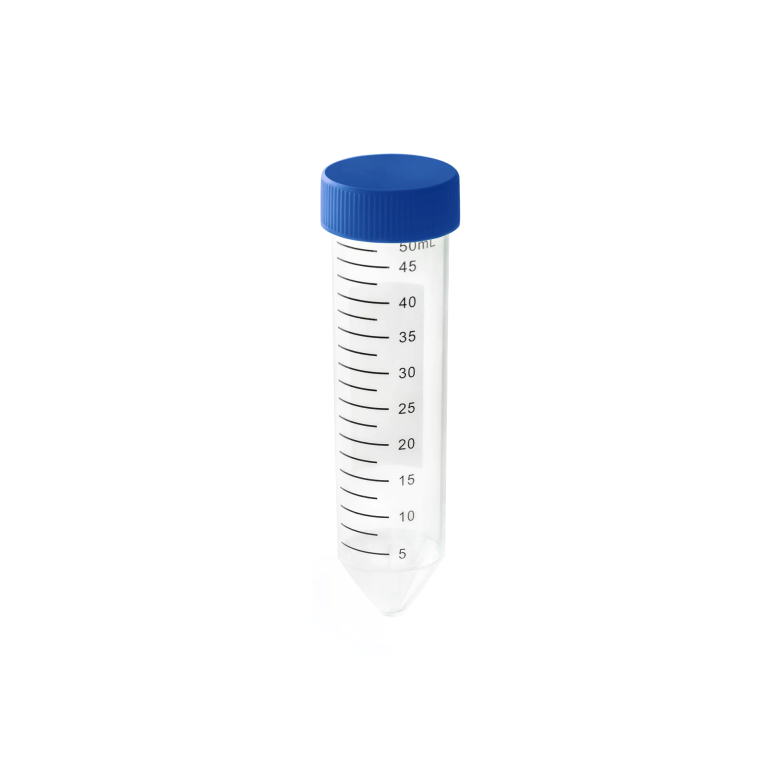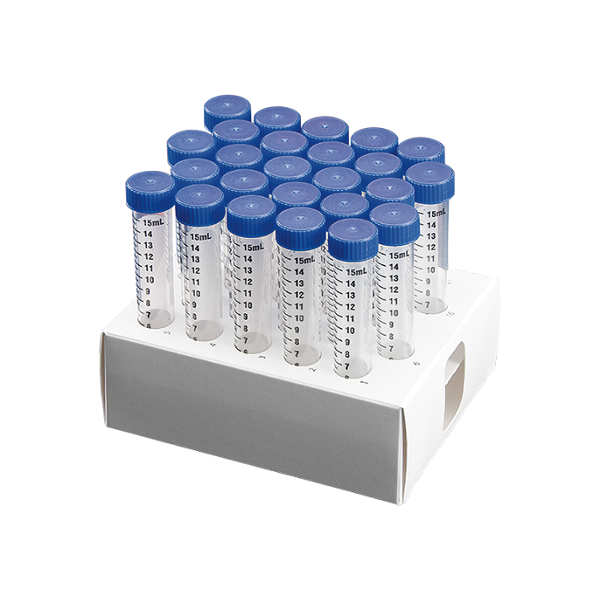The main electrodes used for ECG are:
– Limb electrodes: These are placed on the arms and legs to measure electrical signals. Common limb leads are LA, RA, LL, and RL.
– Chest electrodes: These are placed on the chest in specific spots to pick up the electrical activity of the heart. Common chest leads are V1-V6.
– Ground electrodes: Help minimize interference. Can be placed anywhere.
– 12-lead ECG uses 10 electrodes total – 4 limb electrodes on arms/legs, 6 chest electrodes (V1-V6), and 2 extra for grounding.
– Each electrode detects a unique “view” of the heart’s electrical activity from its location on the body.
– Electrodes are conductive metal discs with a silver/silver chloride surface contacted to the skin by a conductive gel.
– They detect small electrical signals on the skin generated by heart muscle depolarizations.
– Electrodes convert ionic currents from the skin into electronic currents that get amplified and recorded.
– Standard disposable ECG electrodes have a self-adhesive backing and are designed for one-time use.
So in summary, ECG uses multiple electrodes placed in specific spots on the limbs and chest to get a comprehensive picture of the heart’s electrical conduction system. The electrodes transduce ionic signals into electronic outputs.


